In summer 2007, I traveled along the entire Chinese section of the Silk Road. My interest started some years ago after reading Michael Yamashita's amazing "Marco Polo: A Photographer's Journey" (published by White Star). In the book, the famous National Geographic's photographer brings to life the legendary expedition of the 13th-century Venetian merchant to Cathay (China), first crossing central Asia and than back through the South-East and India. Needless to say, I was absolutely amazed by the pictures and initially planned a trip to the former Soviet republics in Central Asia: in my opinion the most interesting and fascinating part of the trip nowadays. Unfortunately, the current political situation does not suggest traveling there, especially if your aim is adventure travel far away from crowded touristic attractions. Thus, I decided for the Chinese part of Marco Polo's trip also with the intent of finally knowing a country, China, that in latest years is undergoing an enormous transformation and quickly assuming a primary role in today's global arena.

Forbidden City Tower (Beijing, China)
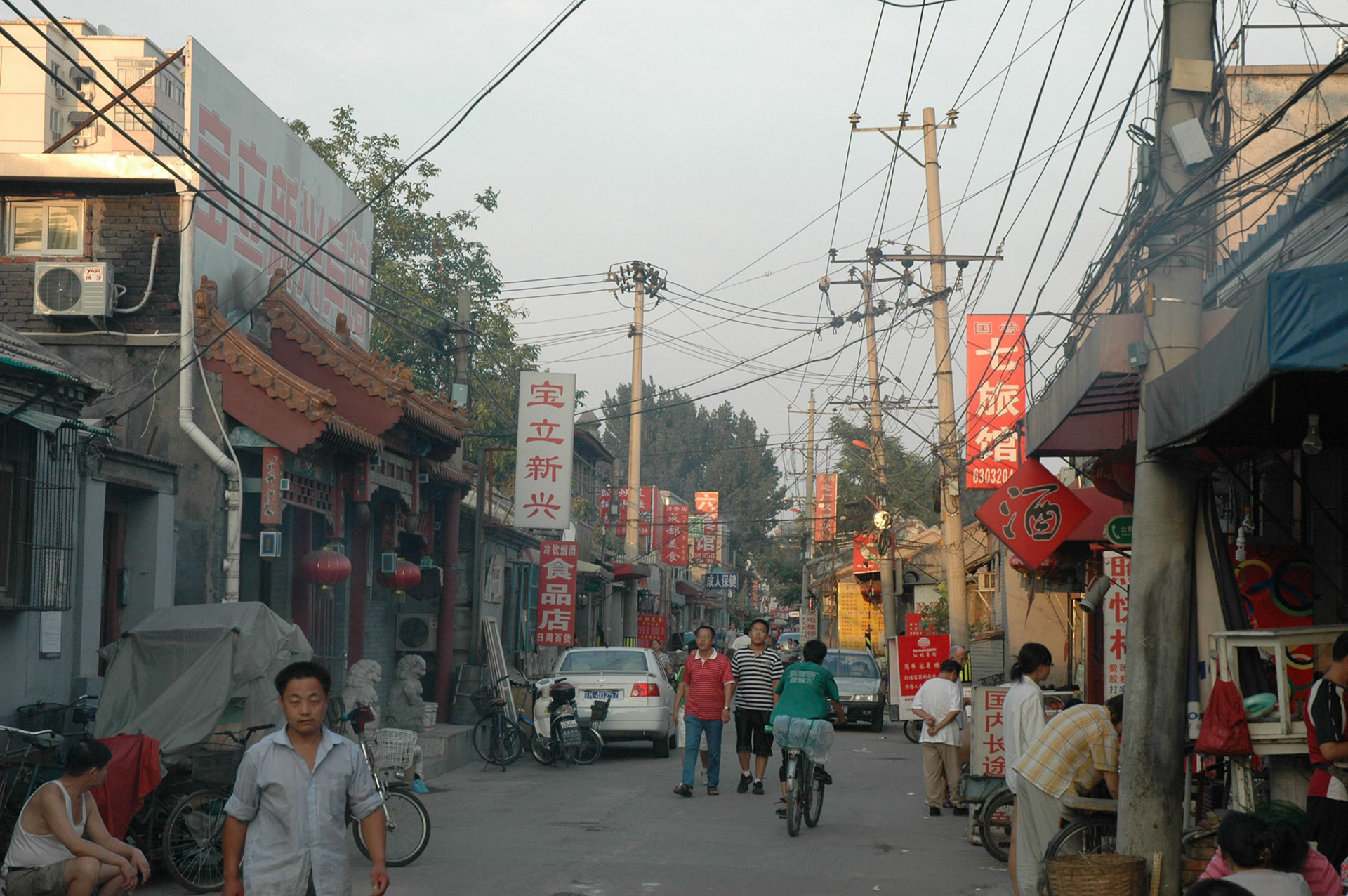
Hutong in Beijing (China)

Great Wall in Simatai (China)

Yungang Caves near Datong (Shanxi, China)

Pingyao (Shanxi, China)

Terracotta Warriors near Xi'an (Shaanxi, China)
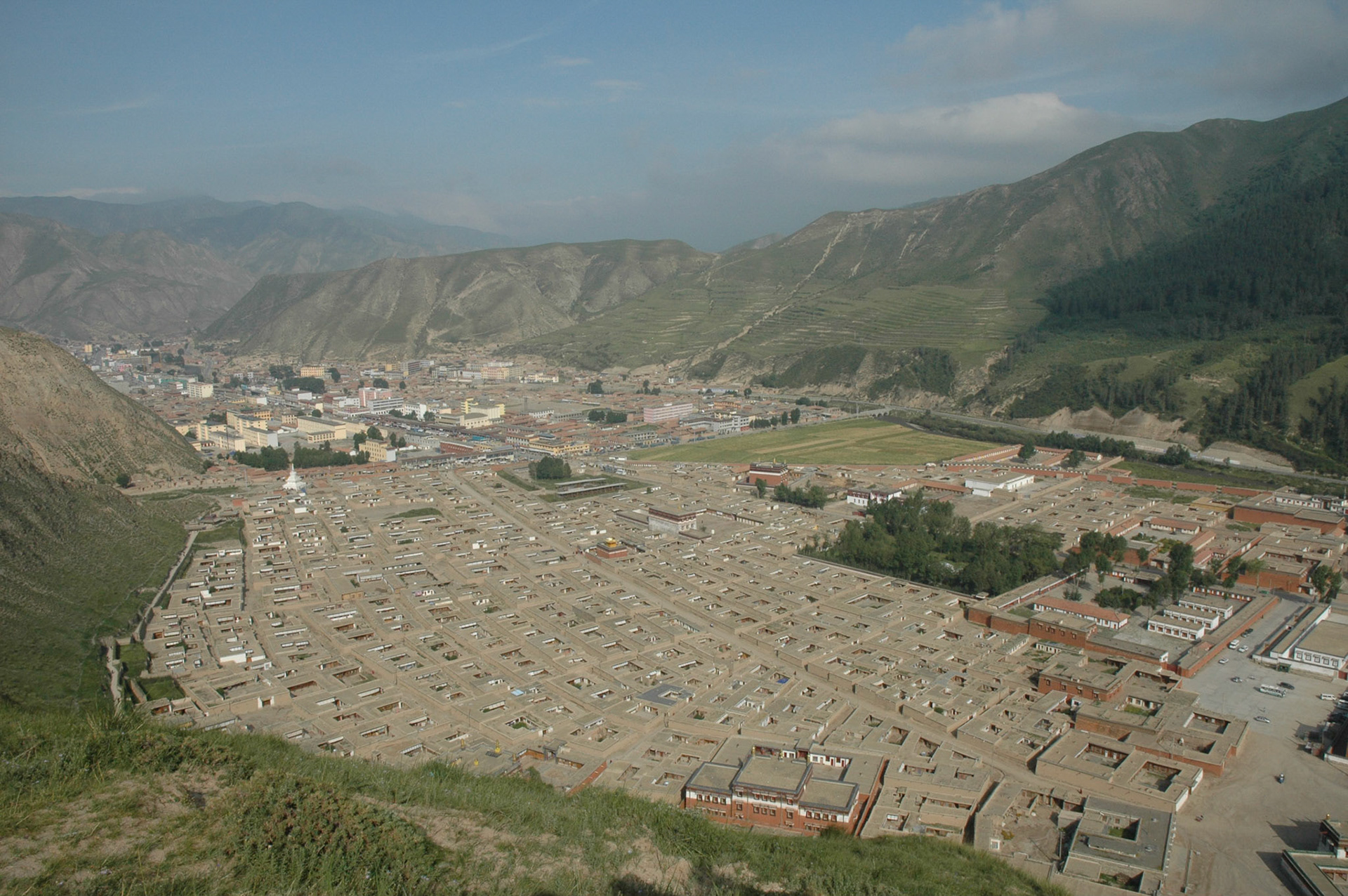
Labrang Monastery in Xiahe (Gansu, China)

Grasslands outside Bajiao (Gansu, China)
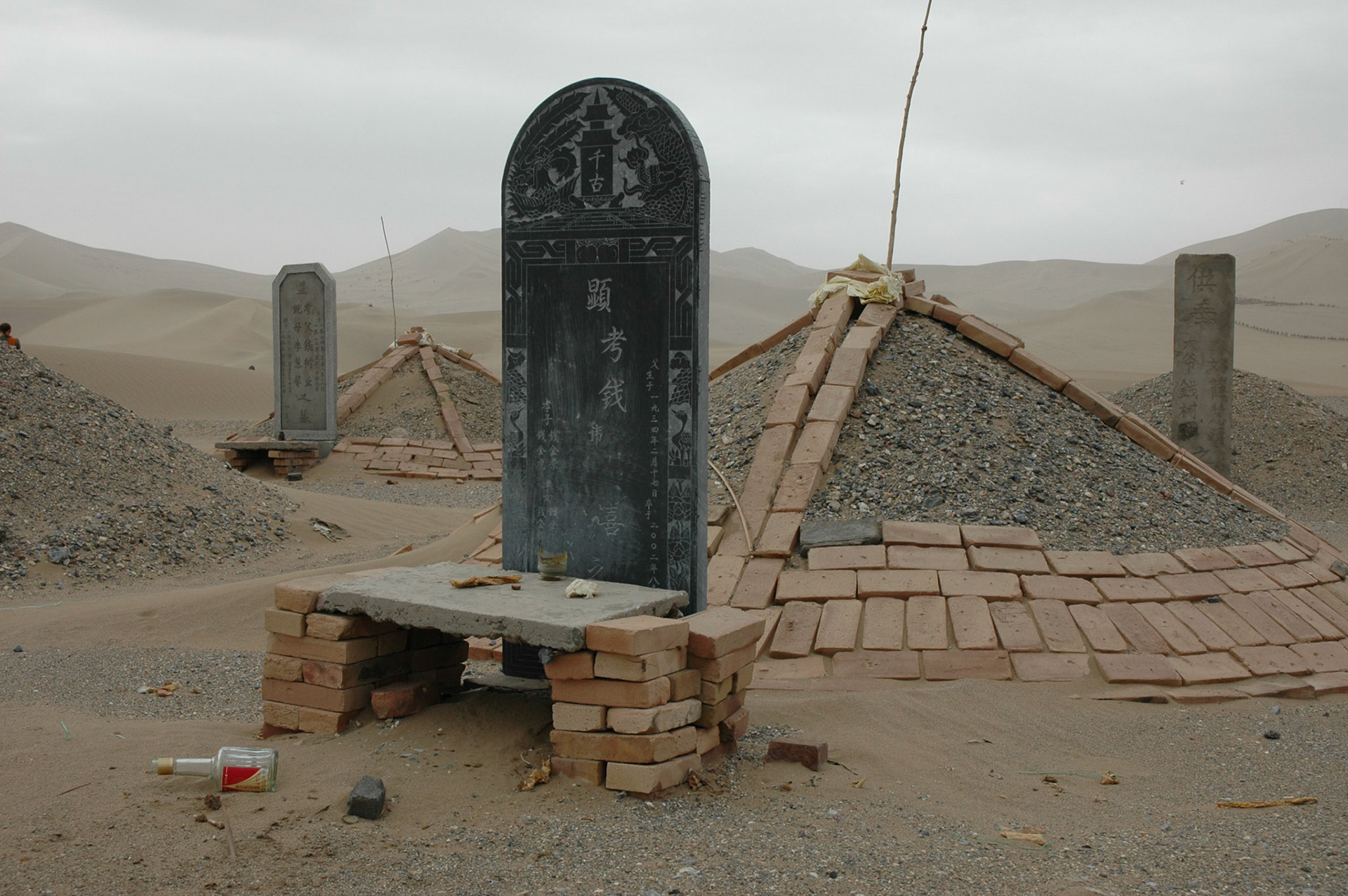
Cemetery in Dunhuang (Gansu, China)
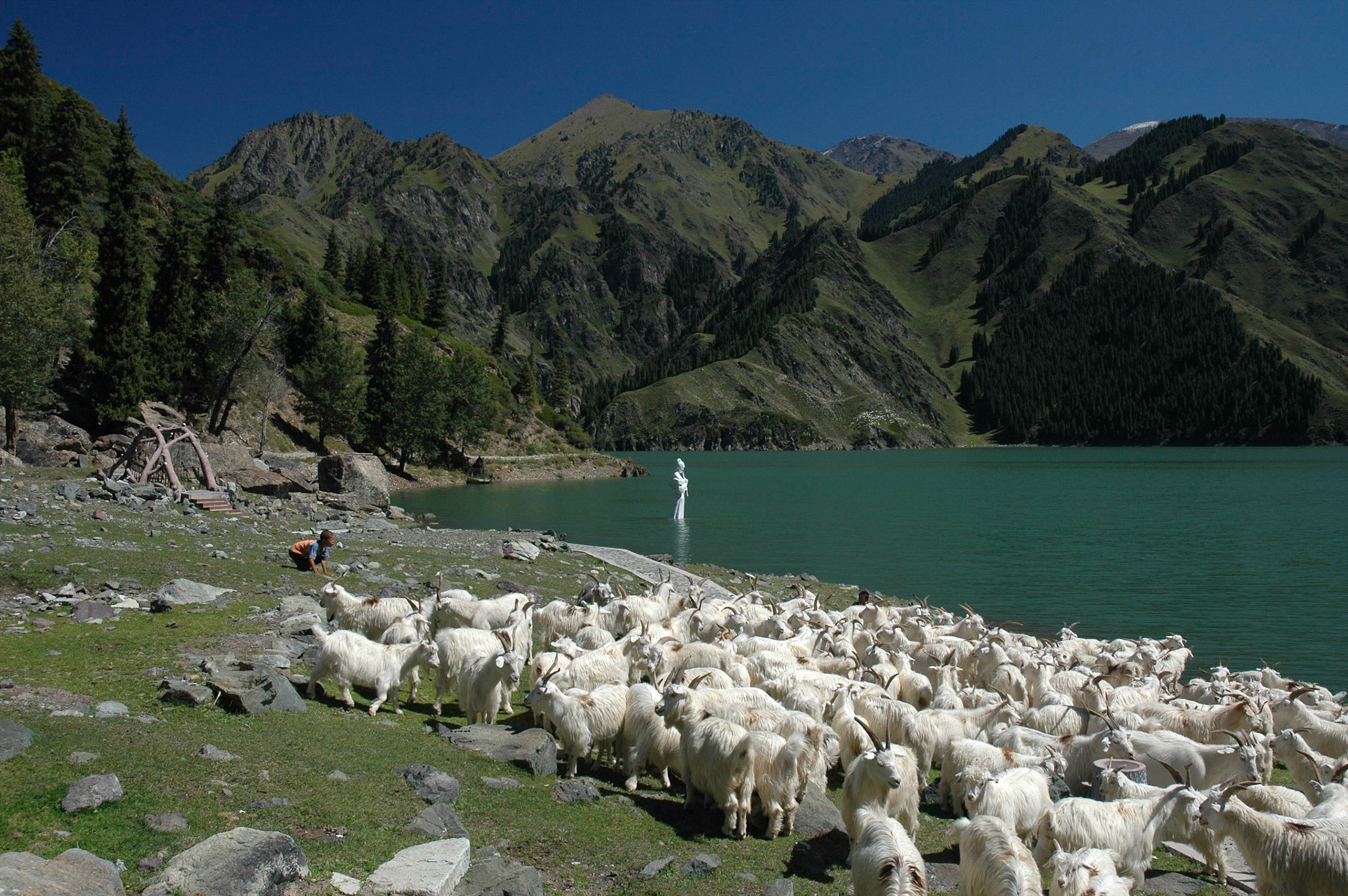
Lake Tian Chi (Xinjang, China)

Karakoram Highway (Tajikistan)
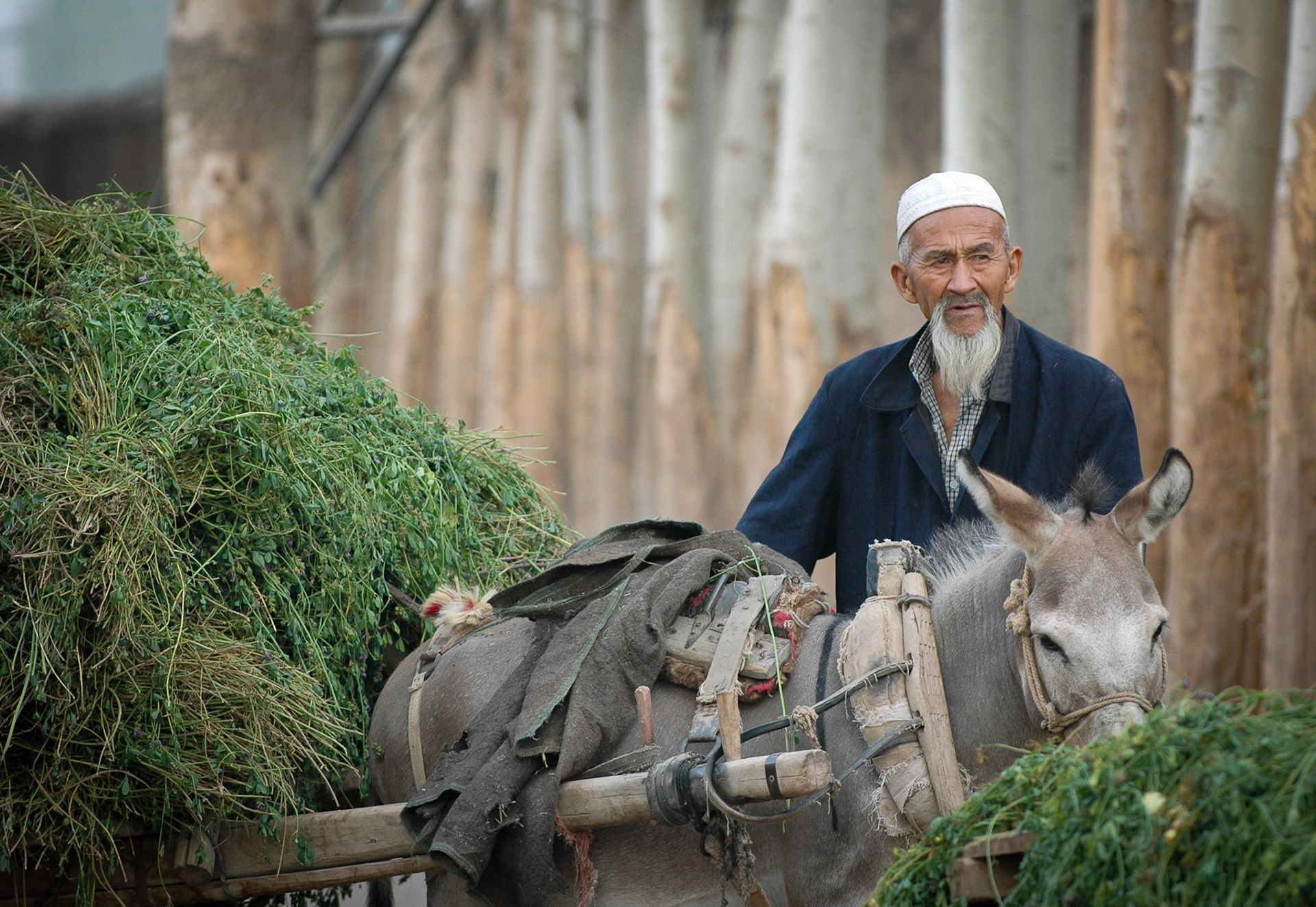
Farmer outside Mal Bazaar (Kashgar, China)
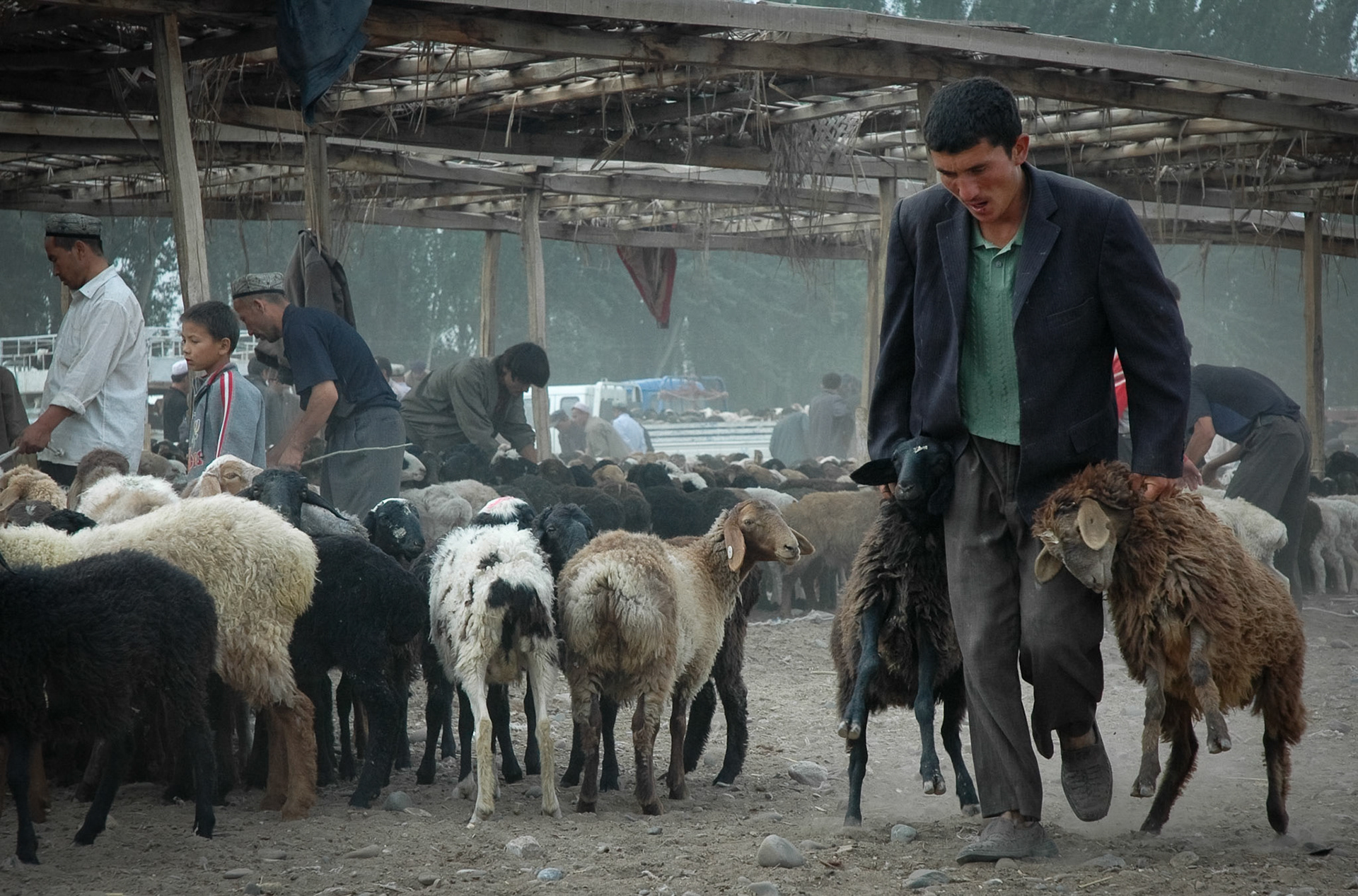
Cattleman at Mal Bazaar (Kashgar, China)

Farmer at Mal Bazaar (Kashgar, China)

Young boy at Mal Bazaar (Kashgar, China)
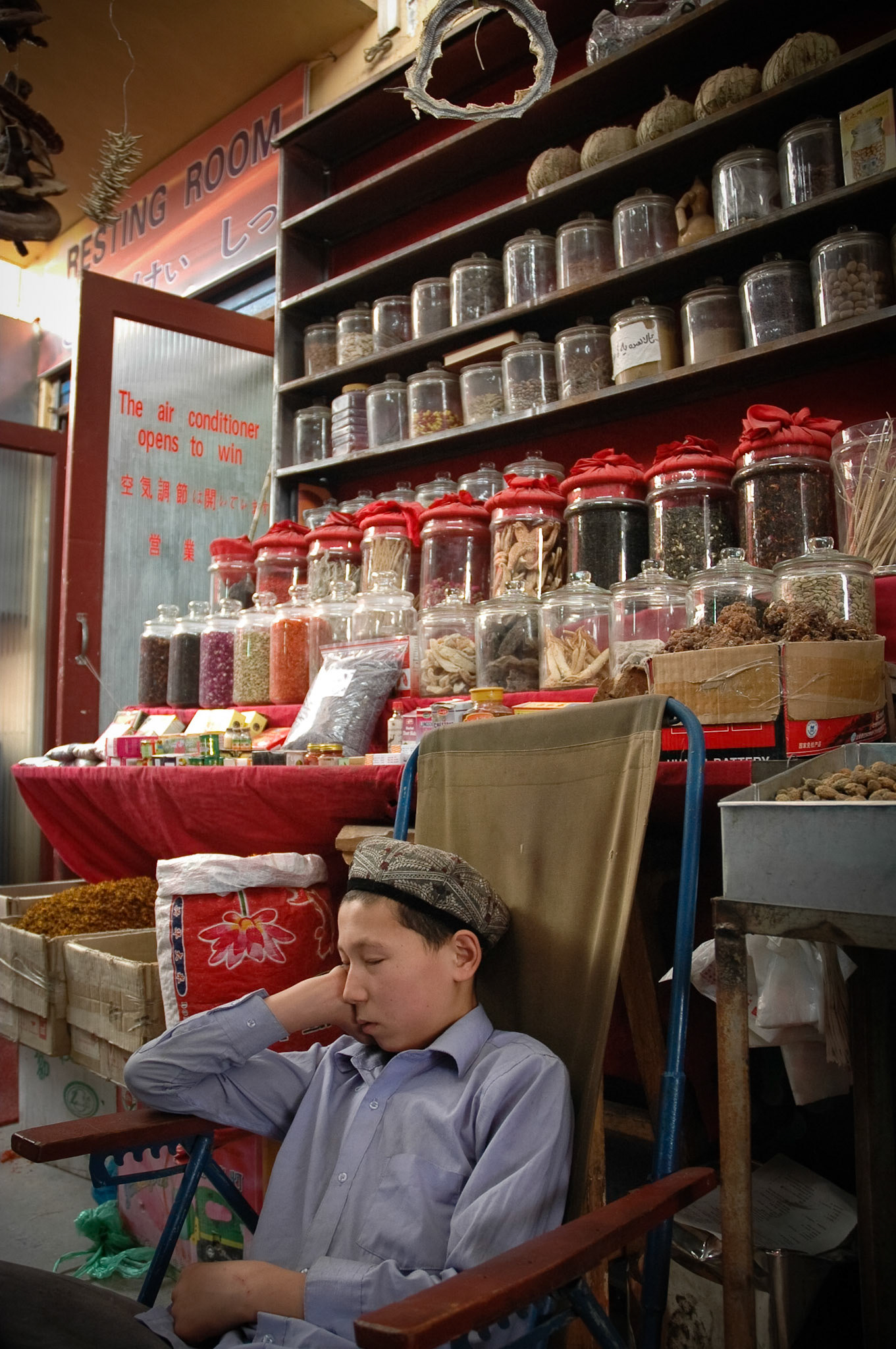
Stand keeper at Yam Bazaar (Kashgar, China)

Kashgar (Xinjang, China)
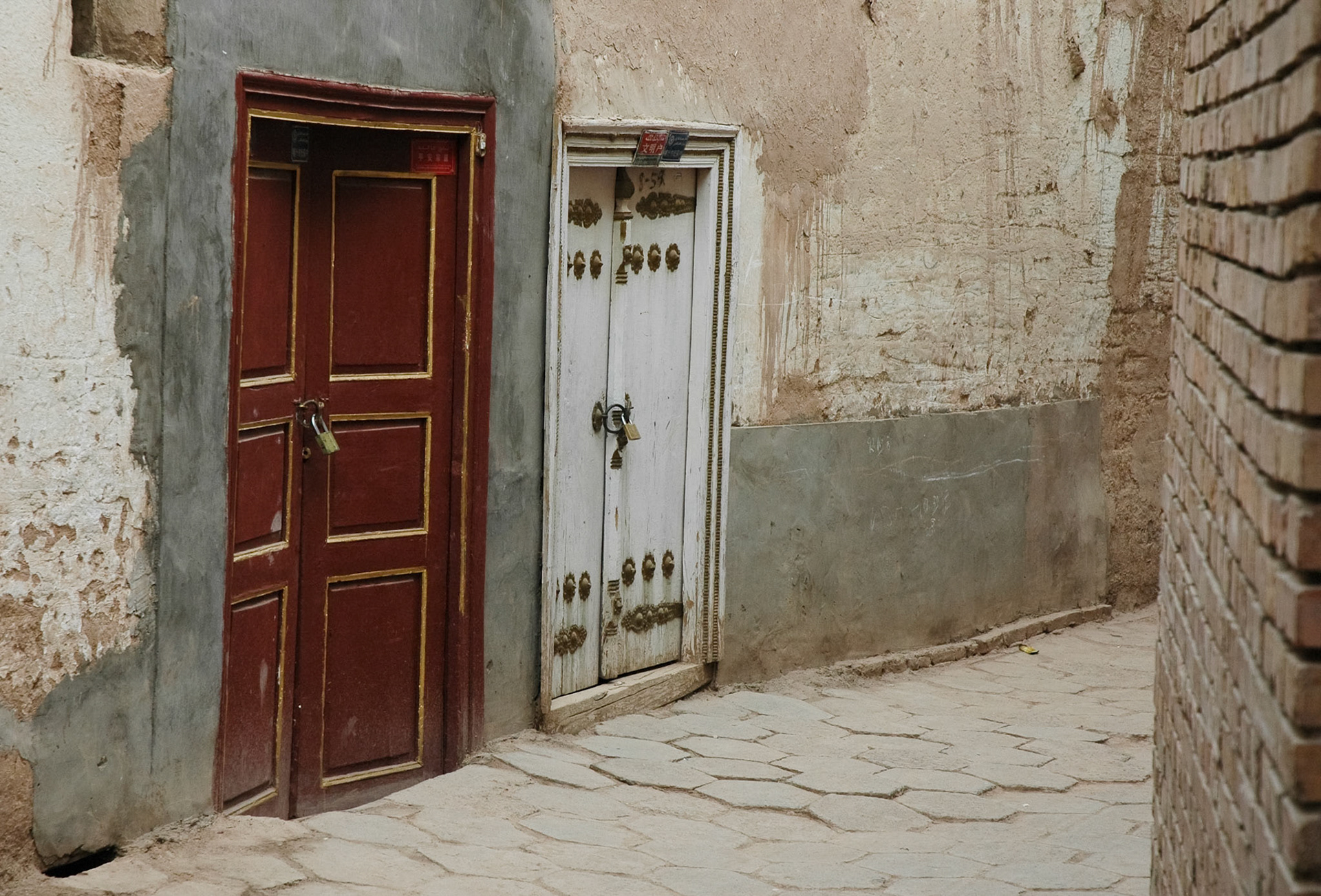
Alley in old town (Kashgar, China)

Tuyoq Mosque (Xinjang, China)
My trip started in Beijing and, after almost four weeks, finished in Urumqi in the western part of the country. Traveling mostly by train and coach, I visited in sequence the eastern part of the country (including Beijing, the province of Shanxi and Xi'an), the province of Gansu (including the northern part of Tibet and the Hexi Corridor) and the western province of Xinjiang (including Kashgar, the Taklimakan Desert and Urumqi). In this story, I'll try to convey the richness and variety but also the contradictions and issues that characterize a deeply changed country from the one Marco Polo visited (and yet changing again!).
The first impact arriving in Beijing in a typical Chinese summer day couldn't have been worse. Accustomed to the European climate, I was simply knocked down by the high temperatures (well above 35°C during most of the day), constant dampness and unbelievable levels of air pollution. These impossible conditions have unfortunately characterized the whole trip, even if moving to the west the weather got dryer and thus more bearable. Anyway, I soon learned to cope with the hot sun and damp clothes; what I could not get accustomed to were the nasty air and the constantly milk-white sky which, in particular, was able to ruin even the most brilliantly-exposed photo.
Beijing is a fascinating city and probably one of the best spots to understand the transformation that China is undergoing. Even in the span of a few days you can perceive the speed with which old neighborhoods and buildings are demolished to make place for brand-new glittering skyscrapers. Just as an example, when I arrived the first day to the hotel one of the floors was still in construction (you could see just gray concrete) but when I left three days later customers were sleeping in completely finished rooms (!). Moreover, starting from scratch, the Chinese city-planners are crafting a modern, efficient and grandiose metropolis with functional transportation (even if traffic is a serious problem), green areas and ambitious architectural projects. Indeed I left Beijing thinking of it as the largest playground for architects in the world with some of the best structures I've seen around, at the top the ones currently being built for next year's Olympics.
The dark side of this modernization is the fact that Beijing's traditional neighborhoods and alleys, called "hutongs", are quickly being razed or transformed into shining but absolutely artificial touristic attractions. The few authentic ones that remain are only found carefully observing the city map and asking locals (a good one is to the south-west of Tiananmen Square). They help you understand what the city should have been a long time ago: a huge and intricate labyrinth of small alleys, shops and temples with a few grand buildings immersed in the labyrinth (the Forbidden City one of them). The hutongs are by far what I liked most: a good place to eat and shop for unusual artifacts and for sure the best place to "live" the city and get in touch with people. On the contrary, the Forbidden City and the Temple of Heaven left me unimpressed (but the fact that they were under restoration and crowded to the unbearable could have affected my judgment) as did the new commercial streets (such as Wangfujing Dajie, Beijing's Oxford Street). A lot more rewarding, in my opinion, is the Summer Palace. I've visited it during the weekend and, together with some well preserved traditional architecture immersed in green vegetation, I could observe how Beijing locals enjoyed a sunny and unusually pleasant day.
In the Beijing area you're also able to visit some of the best preserved and restored sections of the Great Wall. Of the different sites, I've visited one of the less touristic but more distant (3-4 hours from the center of Beijing). I arrived in Jinshanling and walked for 10km along the wall to Simatai. The Great Wall is absolutely amazing and the fact that (for a change!) the site was uncrowded helped connecting with the scenery and history of the place. Thinking back, I still find astonishing the ambition of the enterprise and the effort that was spent completing the works. Visually, the construction is fascinating: a long, perfectly designed series of walls and towers that zig-zag up and down the green hills. A must-see if you visit Beijing.
After visiting Beijing and its surroundings, I started heading west and experienced the first of a long series of travels by train which characterized the whole trip. Traveling by train in China is horrible and at the same time fascinating. It all begins entering a wonderfully crowded station in which about one thousand men, women and children of all kinds and with all sort of luggage want to get on the train... your train! When the gates open and the guards let people through, this human wave starts moving faster and faster and in no time you find yourself running (carrying your backpack, hugging your camera and with the ticket in your mouth) in desperate search of your car.
Once you get in and settle down (after deciphering the ideograms locating your compartment obviously) the real experience begins: an up close and personal journey with about a hundred fellow travelers, all crowded in the same car of six bunks compartments. However, I can only consider myself privileged since, even if not first class, the sleeping-cars I traveled in were definitely better than what most people were in. Initially I was rather troubled by all the cooking going on and the horrible state bathrooms get after just one hour of travel, but in the end I got perfectly accustomed to the way of things and comfortably started cooking and making tea myself. Also, I have to say that not even in Europe there are trains that punctual and the stewards on the train can only be praised for their efforts in keeping each car tidy and orderly (including banging their wood notebook on your head at 6 a.m. if you're late preparing to get off the car!).
The first train brought me to Datong, a highly industrial and polluted city that still feels very much communist (including the smell of coal in the air once typical of eastern Europe). The Shanxi province where Datong is has several nice attractions: from Yungang Caves just outside town (with probably the best carved buddhas I've seen during the whole trip), to the impressive Hanging Monastery (for sure too crowded and touristic), to the Wooden Pagoda in Yingxian. However, the one place you can't miss is Pingyao: a very characteristic small town, surrounded by ancient walls, that has remained untouched by modernization and presents itself with old houses, small alleys, colorful shops and a number of historical buildings and temples. I wish I could have remained there more to visit all the hidden spots I discovered too late or simply walking around and enjoying the nice shops and booths...
After the province of Shanxi, I moved to Xi'an: an important historical town now transformed into a modern and efficient city with a population of more than 6 millions. Along with the skyscrapers and glittering shopping centers there are several monuments that are worth a visit and the very characteristic Muslim district with a huge market and plenty to see. Xi'an however is famous around the world mainly for the spectacular Terracotta Warriors located just outside town. The site has become a huge touristic attraction with concrete industrial-age pavilions covering the ancient remains and a growing circus of shops, restaurants and shows just outside. Nonetheless, when you enter the main pavilion you can't be anything but breathless in front of the long rows of statues staring at you. I got totally absorbed and it took me a while to get hold of myself and... start shooting photos like a mad man! Definitely worth the trip.
My voyage then continued in the province of Gansu, one of the poorest but probably also more authentic regions of China. The biggest city is Lanzhou, since ancient times the starting point of all travels to Tibet and central Asia and a strategic military stronghold. If it was for the reviews on western tourist guides (describing it as meaningless and one of the most polluted places on the planet) I wouldn't have spent a minute there, however I found the stay in Lanzhou extremely interesting. Maybe because there were no westerners whatsoever around and for the first time I found the real China, maybe because along the banks of the impressive (and filthy) Yellow River people gather in parks to sing, play, act improvised performances, maybe because most of the people still behave like countrymen with simple expectations and are genuinely intrigued by strangers. I feel I was really able to connect with the place.
Just outside town, along the Yellow River, you can reach by boat the Buddhist caves of Bingling Si. The boat trip alone is worth it and gives you the opportunity to discover the canyons bordering the Yellow River but also the devastation of the countryside happened since the cultural revolution. The caves are well preserved and feature a huge Buddha overlooking a nice canyon but maybe more interesting is the four-wheel drive to the deeper part of the canyon where a lonely monk keeps a small temple and offers you tea.
Gansu extends to the northern limits of Tibet and I got a glimpse of it visiting the Labrang Monastery in Xiahe. An impressive layout of temples, stupas and other religious buildings surrounded by a typical prayer path where pilgrims spin beautifully decorated prayer wheels. You can admire the monastery and the surrounding valley from above by hiking the ridge to the north: there you'll find several prayer flags and for sure breathe some of the cleanest air in China. However, the best memories in my case are the ones of the morning prayer of the monks I had the privilege to watch the second day I was there. I woke up at 5 a.m. and, after a short walk from my hostel, I was able to enter the main temple and sit in the back while the monks prayed with their guttural voices and had breakfast. All around only perfect silence and the strong smell of yak butter... a magic moment!
Around Xiahe you also have the opportunity to visit some beautiful grasslands. Forget the ones nearest town and head straight to Ganjia grasslands and the small farmers' village of Bajiao. The trip can be a bit tricky to organize (I had to negotiate and trust some crazy local drivers) but after an hour and a half of uncomfortable dirt tracks you find yourself in the middle of nowhere with stunning mountains all around and a countryside almost untouched by modernization.
After Lanzhou and a glimpse of Tibet in Xiahe, the trip continued through the Hexi Corridor: historically, the strategic passage to get into China from central Asia. In Jiayuguan I visited the renovated fort that once was one of the main outposts of the eastern part of the Great Wall. Then, with a detour to Dunhuang, I got a look at the Taklimakan Desert and visited the famous Mogao Caves with yet again numerous carved and painted buddhas. If the caves and the sand dunes did not impress me much, I was amazed by the huge cemetery at the south-east of Dunhuang (nearby the dunes): an immense piece of land scattered with all sorts of tombs, built with bricks and mud, each with an offering ranging from flowers to bottles of cola.
The Hexi Corridor leads to the remote province of Xinjiang, inhabited by Uighur Muslims. I started out heading to Tian Chi, a beautiful deep blue lake at 2000 meters o.s.l. surrounded by breathtaking mountains covered with pines, green meadows and snowy peaks. The area is full of local Chinese tourists and is said to become a big ski domain but, once left the head of the lake and its tourist attractions, you can enjoy pristine valleys and breathe some fresh and cool air. Apart from some nice hikes and panoramas I enjoyed staying overnight at one of the Kazakh settlements: you sleep in authentic yurts and get to eat some tasty lamb cooked in mud ovens.
Next, a plane brought to me to Kashgar, which I soon recognized as the most fascinating part of the trip. Once the main market and crossroads of central Asia, in latest years it's changing fast under the influence of Chinese Han which nowadays dominate all administrative and business affairs. The old town is being little by little dismantled or transformed into a tourist attraction and Chinese-style blocks and condominiums are progressively taking over the city layout (I've been impressed when comparing my photos with those in National Geographic's Journey into China published two decades ago). Nonetheless, Kashgar still remains a city full of charm, life and interesting people. With a little effort you can access deep into the remaining part of the old town and savor the small alleys and houses that once extended in all the central part of the city. Outside the old town, Kashgar's colorful streets and squares are full of people day and night: the Uighur population, differing from Chinese Han, is generally very warm, helpful and eager to get in touch with you. The city also offers a wide selection of tasty Uighur cuisine: lamb, chicken, potatoes, rice, noodles all cooked with a variety of spices and served with the typical Muslim bread.
However, what really made my trip and fascinated me the most were Kasghar's markets. I have a thing for markets and spend a lot of time during my travels simply strolling about the colorful, noisy and scented alleys. It's where you get in touch with the local population and really understand the culture. That's why I enjoyed so much the Sunday visiting Kashgar's two main markets. I woke up before sunrise and headed straight to the Livestock Market (Mal Bazaar) near the town outskirts. Around five, while having breakfast with noodles and steamed ravioli at a local stall, herds, cattlemen and farmers started flooding from all parts in a fascinating confusion of colors, smells, cries and clouds of dust. Camera at hand, shooting photo after photo, I slowly entered with them the market grounds and soon found myself surrounded by horses, donkeys, lambs, cows with rugged farmers showing off and trading their animals. All around, stands and booths sell all kinds of food: in one of them I watched in awe while a cook made spaghetti from flour and water in a matter of minutes only with expert acrobatic movements. I liked all this so much that even now I feel an emotion thinking back at the joyful confusion and charged atmosphere of the bazaar. Late in the morning, while other tourists started arriving (having traded the most intimate moments of the bazaar for a few hours of sleep), I moved to the Sunday market (Yam Bazaar). There you can find everything from food to spices, clothes, bags, jewelry, spare parts and obviously tissues (even if I soon found out that silk has given the way to nylon products). Less fascinating than Mal Bazaar, the Sunday market is where locals do their everyday shopping and thus you I was exposed to local costumes and ways of living. I finished this perfect day sipping tea at an old Uighur tea house just behind the central mosque.
A few hours from Kashgar you have the occasion to have a glimpse of the Pamirs by covering the first part of the Karakoram Highway to Karakul Lake. As I watched in awe at the steep mountain sides and the unreachable and shiny snowy peaks some 5000 meters above the road, I promised myself to dedicate one of my future trips only to this incredible part of the world.
Instead of going further east a couple of trains brought me back to Urumqi, the capital of Xinjiang back in the eastern part of the region. Along the way I stopped at Kuqa to visit Kizil Caves: while the caves are nothing special, the difficult road to reach them passes through a landscape of crumbling mountains with impossible shapes I had never seen before. More interesting is Turpan, 2 hours and a half from Urumqi, featuring a nice minaret and a number of interesting sites in its surroundings. Jiaohé and Gaochang are two ancient cities now in ruin eaten by the desert: with some imagination, the old rocks give an idea of the power and wealth that once existed along the Silk Road. To the east of Turpan you can also find the impressive Flaming Mountains and within them Tuyoq, a small village of wine growers in a patch of green enclosed by the desert. Tuyoq is a Muslim enclave where tourists aren't particularly welcome and few drivers bring you there since the road is in rather bad conditions. However the architecture and people are extremely quaint with mud houses, small alleys and a nice mosque complex on its outskirts.
My trip finished in Urumqi. It's a large and modern town with good shopping centers and markets to leave with plenty of souvenirs. It also has one of the best night markets I've come around with plenty of food for the joy of your eyes and taste.
I hope you enjoyed my story and was able to feel some of the many emotions I felt during this fascinating trip.
Published in December 2007.